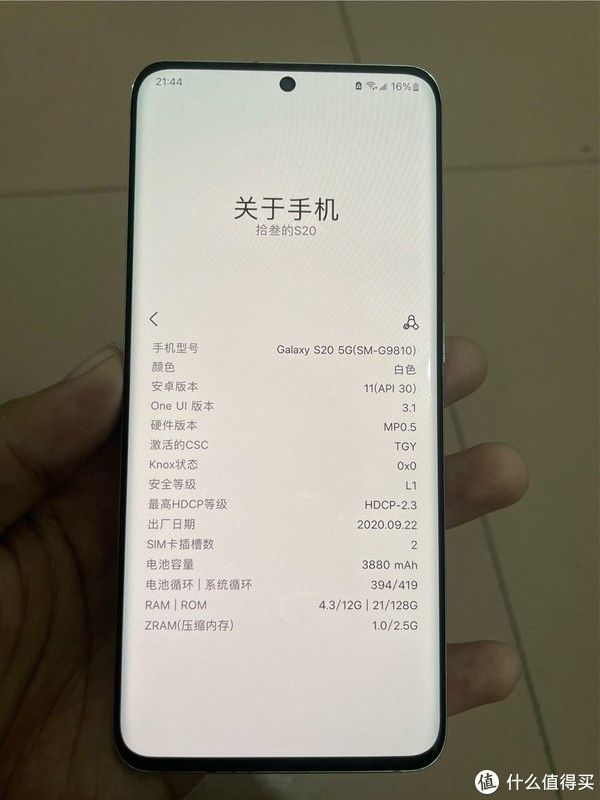异常这样处理,对用户更友好
在项目中,经常有一些业务需要抛出异常,但是如果后台直接抛出throw new Exception的话,前端就很难看,对用户提示也不够友好,今天我们就来解决这个问题。
先建立一个工程,模拟将异常抛出。如下:
@RestController
public class DemoController {@GetMapping("test")
public String test() throws Exception{
if(true){
throw new Exception("error");
}
return "ok";
}
}前端用浏览器请求下,看看界面什么样子:

文章图片
@ControllerAdvice 和 @ExceptionHandler
@Slf4j
@ControllerAdvice
public class GlobalExceptionHandler {
@ExceptionHandler
@ResponseBody
@ResponseStatus(HttpStatus.OK)
public ResultDto globalException(HttpServletResponse response, Exception ex){
log.info("ExceptionHandler...");
log.info("错误代码:"+ response.getStatus());
ResultDto resultDto = new ResultDto();
resultDto.setCode(0);
resultDto.setMsg(ex.getMessage());
resultDto.setData(null);
return resultDto;
}
}定义个返回到前端的通用结构体
@Data
public class ResultDto {
//请求结果0表示失败,其他是成功
private int code;
//失败的消息
private String msg;
//实际返回到前端的数据
private Object data;
}然后我们写一个 controller模拟抛出异常
@GetMapping("test1")
public String test1() throws Exception{
if(true){
throw new NullPointerException("NullPointerException");
}
return "ok";
}@GetMapping("test2")
public String test2() throws Exception{
if(true){
throw new RuntimeException("RuntimeException");
}
return "ok";
}@GetMapping("test3")
public String test3() throws MyException{
if(true){
//不能直接拋Exception 否则不能捕获,可以自己定义一个异常
throw new MyException("MyException");
}
return "ok";
}请求下,看看 postman返回的是什么
{
"code": 0,
"msg": "NullPointerException",
"data": null
}在实际业务中我们通常返回自定义的异常,那么我接下来定义一个自己的异常,并对自己的异常进行单独的处理:
public class MyException extends Exception {
public MyException() {
super();
}public MyException(String message) {
super(message);
}public MyException(String message, Throwable cause) {
super(message, cause);
}public MyException(Throwable cause) {
super(cause);
}protected MyException(String message, Throwable cause, boolean enableSuppression, boolean writableStackTrace) {
super(message, cause, enableSuppression, writableStackTrace);
}
}然后在 GlobalExceptionHandler中增加对 MyException的处理:
@ExceptionHandler(MyException.class)
@ResponseBody
@ResponseStatus(HttpStatus.OK)
public ResultDto myException(HttpServletResponse response, MyException ex){
log.info("MyExceptionHandler...");
log.info("错误代码:"+ response.getStatus());
ResultDto resultDto = new ResultDto();
resultDto.setCode(0);
resultDto.setMsg(ex.getMessage());
resultDto.setData(null);
return resultDto;
}
请求
http://localhost:8080/test3看看输出到前端的是什么
{
"code": 0,
"msg": "MyException",
"data": null
}【异常这样处理,对用户更友好】这里其实看不出来到底走的是myException还是globalException但是如果你看后台日志输出就能清晰的看到。因此我们在对多种异常进行处理的时候springboot会优先处理子类异常。
更多java原创阅读:https://javawu.com
推荐阅读
- 一个小故事,我的思考。
- Java|Java OpenCV图像处理之SIFT角点检测详解
- 你再这样提问,就没人愿意回答你了
- 事件处理程序
- 我在这里,你在远方
- 爬虫数据处理HTML转义字符
- python-安装sublime遇到异常
- Android|Android BLE蓝牙连接异常处理
- 思想的诞生
- Java程序员阅读源码的小技巧,原来大牛都是这样读的,赶紧看看!









